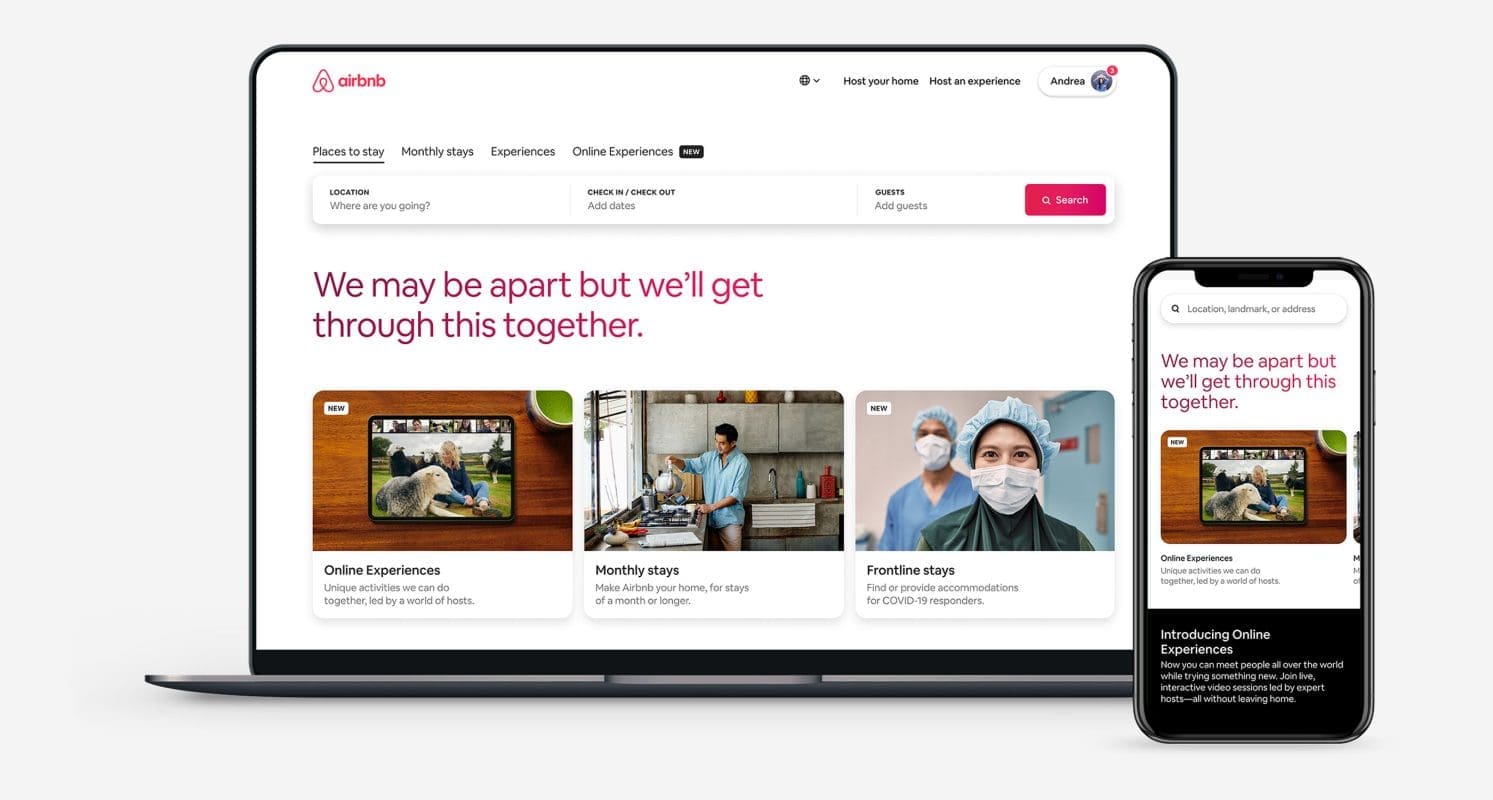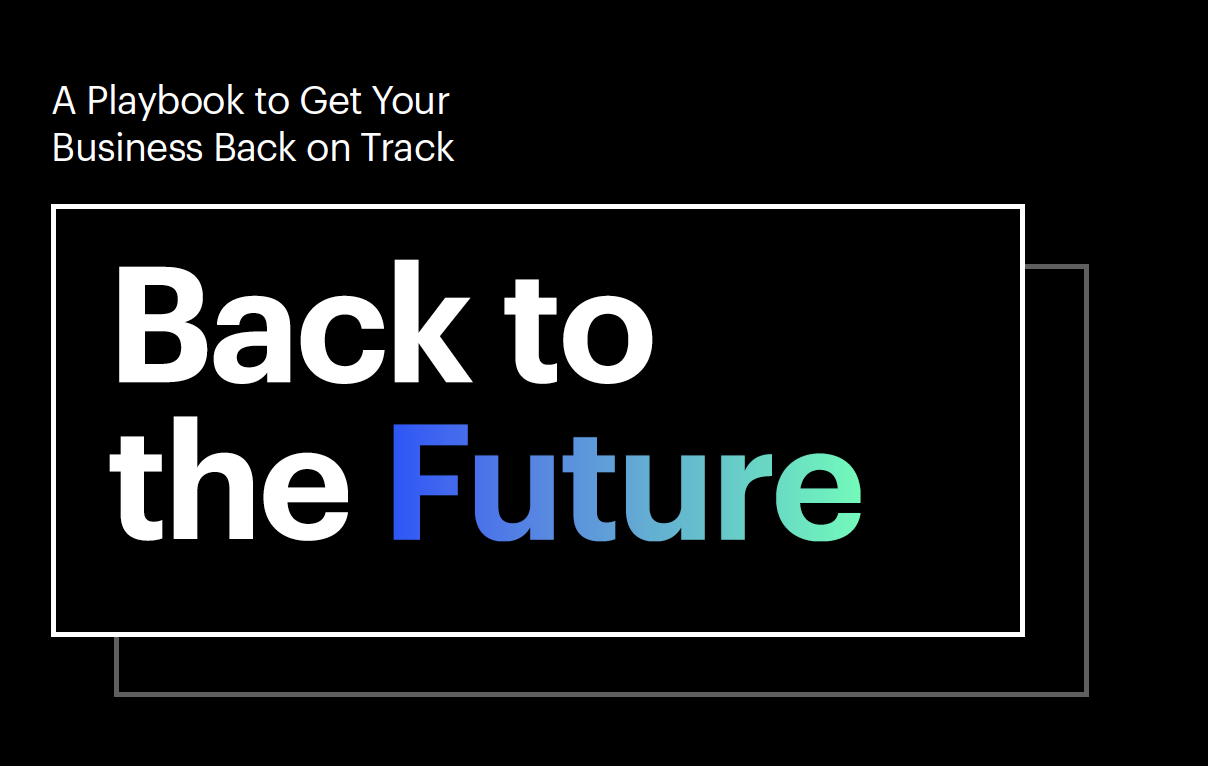BLOG
Five DTC Growth Moves to Optimize Your Investments
These 10 real-world examples will show you how to optimize your investments in the rapidly shifting direct-to-consumer landscape.
For the right investors, the rapidly shifting direct-to-consumer (DTC) landscape presents plenty of possibilities. Many of these digital natives are just one cash infusion away from dominating their category–as long as they make the right strategic DTC growth moves.
“We find companies that have the potential for market disruptive growth and profitability, and the positioning to generate the most likely–and fastest–returns on investment.”
The pandemic-fueled surge in all things e-commerce is pushing many to record sales, with business booming at companies like Peloton, Quip and HelloFresh. But not all DTC companies have the same growth potential, and there have been plenty of notable flame-outs. In our work for funds looking to make DTC investments, whether it’s in due diligence or consulting on the use of funds post-transaction, we’re intent on optimizing investment. We find companies that have the potential for market disruptive growth and profitability, and the positioning to generate the most likely–and fastest–returns on investment.
Beyond assessing fundamentals, including how well possible targets have penetrated their customer base, brand staying power and competitive moats, we zero in on potential, based on specific growth moves. We’ve seen that companies with the ability to lean into these five strategies have the best chance to achieve uncommon growth.
We look for companies that are ….
1. Continually Tapping Unmet Needs
The most successful DTC brands started with an unmet need, filling some area of behavioral white space. Millennials, for example, wanted to start investing but felt ignored. Companies like E-Trade and Charles Schwab seemed like their parents’ tools. Robinhood, with its “investing for everyone” credo, stepped in to draw millions of new stock-market investors, with impressive (and occasionally controversial) results.
Lemonade

Our favorite example is Lemonade, which has used behavioral nudges and machine thinking to become the most disruptive force in homeowners, renters, condo and now pet insurance. In return for signing the honesty pledge, customers get transparent prices and lightning-fast service. While many Gen X and older customers may not have heard of it, young people love it. “I just bought insurance on Lemonade,” one of my young associates told me the other day. “And the user experience was freaking awesome.” Has anyone ever said that about insurance until Lemonade came along?
2. Ending Churn Through Customer Obsession
Given the massive spending needed to acquire customers, the strongest brands are those that maximize that investment. Strong retention requires a shift in focus from product obsession (the natural starting point for so many DTC companies) to true customer obsession.
Stitch Fix

Stitch Fix is continually updating its offer, finding new ways to please existing customers and new customers to please. Its core offer is a fashion fix with five carefully curated choices, and millions love how the personalization gets more accurate over time. But many don’t want to shop this way. So it recently introduced Direct Buy, enabling old and new customers to dive deep into single categories, boosting incremental sales.
3. Uncovering Value Through Deep Customer Analytics
The fastest-growing companies are those that do the most with their data.
Looking closely at questions of price elasticity, for example, can make all the difference in expansion, particularly in new territories. And while this has long been the promise of DTC companies, the reality is that the more data they collect, the less likely they are to use it. IDC estimates that about 90% of what businesses collect is “dark data,” and never used at all–let alone effectively.
Canoo

So we pay close attention to those that dig into data in every channel. Canoo, for example, is so expert at harnessing tech and innovation insights that it’s poised to launch its electric vehicles after 19 months, not five years. And based on analytics, it’s confident that higher-end consumers will love its subscription-only model, with as little as a one-month commitment.
MeUndies

Another data-savvy company is MeUndies, which has used what it’s learned from social media to sell more than 10 million pairs of underpants. Even rarer for DTC companies, it’s been profitable for three years.
4. Finding New Adjacencies
While many DTC brands build their business on a single product, they eventually need to expand to keep growing, either geographically or by adding new categories. This is a moment when many need more cash, new investors or the ability to acquire or partner with other companies.
Casper

Broadening offers while maintaining category credibility often comes down to the right messaging and positioning. Casper, for example, launched in 2014 and quickly became successful. But as competitors piled on, it’s needed to find new ways to expand. With a promise to become “the Nike of sleep,” it now sells pillows, sheets and weighted blankets. But more importantly, it positions itself as the expert on sleep wellness.
Airbnb

Similarly, Airbnb recognized that it could find growth by moving beyond lodging and selling experiences that make people want to travel. From sushi tours of downtown Tokyo to paddleboarding with sea lions, these adventures are adding millions in revenue. (When COVID-19 struck, they also provided a quick pivot to virtual experiences.)
5. Partnering Strategically to Scale the Ecosystem
Headspace and Spotify

Finding partners is a way to access new customers and stay relevant. Headspace, the popular meditation app, has increased its influence exponentially by partnering with Nike, Spotify and the NBA.
Everlane and Nordstrom

Retail is an obvious choice and can be a game-changer. Even non-digital consumers can discover brands like Native, Harry’s, Barkbox and Quip at Target, for instance, or find Everlane and Birdies at Nordstrom.
Alo and Animal Crossing

Others leverage pop culture. Alo, a yoga company, and Tatcha Beauty teamed up with Animal Crossing for product launches within the popular video game.
Allbirds and Adidas

The partnerships that we believe spark the most growth are those that combine scale and purpose. Allbirds, which has built its impressive valuation on sustainable fashion sneakers, recently partnered with Adidas, which has been trying to increase visibility for sustainability efforts. Interestingly, this unlikely partnership with competitive brands introduced a collaboration that pairs Allbirds’ innovative approach to materials with Adidas’ marketing and manufacturing might, and is set to produce the world’s first carbon-neutral performance shoe next year.
FINAL THOUGHTS
As they sift through DTC companies, investors should look for potential targets that can make some (or all) of these five growth moves. These are the nimble brands that can unlock the fastest returns for investors and find exceptional growth for themselves.
Prophet is obsessed with helping clients win with their customers and unlock uncommon growth in this digital age. Contact us to learn more about what we are doing in all things direct-to-consumer.










